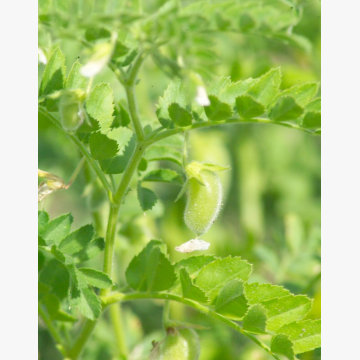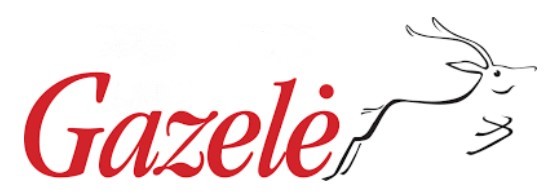- Home
- Seeds
- Spring cereals
- Chickpea
- FLAMENCO
FOR CONSULTATIONS APPLY TO:
Commercial director
Lina Smalskienė
tel. +370 618 02 551
e-mail linak@agrolitpa.lt
Sales manager
Tautvydas Kliučininkas
tel. +370 681 35 093
e-mail tautvydask@agrolitpa.lt
Sales manager
Eglė Petkevičienė
tel. +370 626 95 458
e-mail eglep@agrolitpa.lt
Sales manager
Kotryna Nakrošytė
tel.: +370 601 39 282
e-mail kotryna@agrolitpa.lt
FLAMENCO
An early/mid-early highly yielding Kabuli-type chickpea resistant to anrachnosis and seed scattering
- Semi-early to flowering and maturity
- Very productive
- Medium height
- Very good resistance to lodging and pods opening
- Large size leaflet
- Elongated pod, seed of dark beige colour, round to angular
- 1000 seed weight – 300 g
Soil type is not very important. Seeds germinate wen soil temperature reaches 5°C. Do not accept highly wet soils.
- Very productive
- Flowering – medium early
- Maturity – medium early
- The height of the plants – medium
- Stem – semi-erect
- Leaves – medium green
- Leaflets – large
- Resistance to lodging – very good
- Resistance to diseases – good
- Resistant to anthracnose
- Flowers – white
- Resistance to seed scattering – very good
- Seeds – dark brown, 8 mm, round to angular
- 1000 seeds weight – 300 (299-316) g
- Protein content – 22-24%
- Seeds germinate at a soil temperature of 5° C. Does not tolerate high soil moisture
- It is sown in dry soils that have warmed up to 7-10 °C, in order to have at least 50-60 and even more plants/m², sown 3-4 cm deep, with 40-45 cm inter-rows
- The ideal break in crop rotation is 5 years
- These are plants have long vegetation period. Warm weather is required during flowering and pod development (about 24 °C)
- Vigour – excellent (9 out of 10)
- Soil covering – excellent (9.5 points out of 10)
- Plant height – medium tall (60-70 cm)
- Plant habit – upright
- Resistance to anthracnose (Ascochyta rabiei) – very good (8 points out of 10)
- Resistance to lodging – excellent (9 points out of 10)
- Emergence vigour – very good
- Seed shedding – extremely low (0.5 points out of 10)
- Earliness at flowering – early
- Earliness at harvesting – early
*According to research in Germany and France (resistant to pathogen races known and studied in those countries)
Advantages of cultivation:
- Economic – growing demand
- Agronomic:
- Crop rotation is diversified
- Good pre-crop
- Nitrogen supply
- Valorisation of weak soils
- Improves soil structure
The varietal parameters may differ from those indicated here when the testing circumstances differ from quondam
Seed rate: 60 plants/m², or 180-190 kg/ha
Keravos sreet. 17, Kerava,
LT-38 131 Panevėžys district, LITHUANIA
Enterprise's code 168598128
VAT code LT685981219
Tel. +370 615 11 315
E. mail info@agrolitpa.lt




.JPG)

